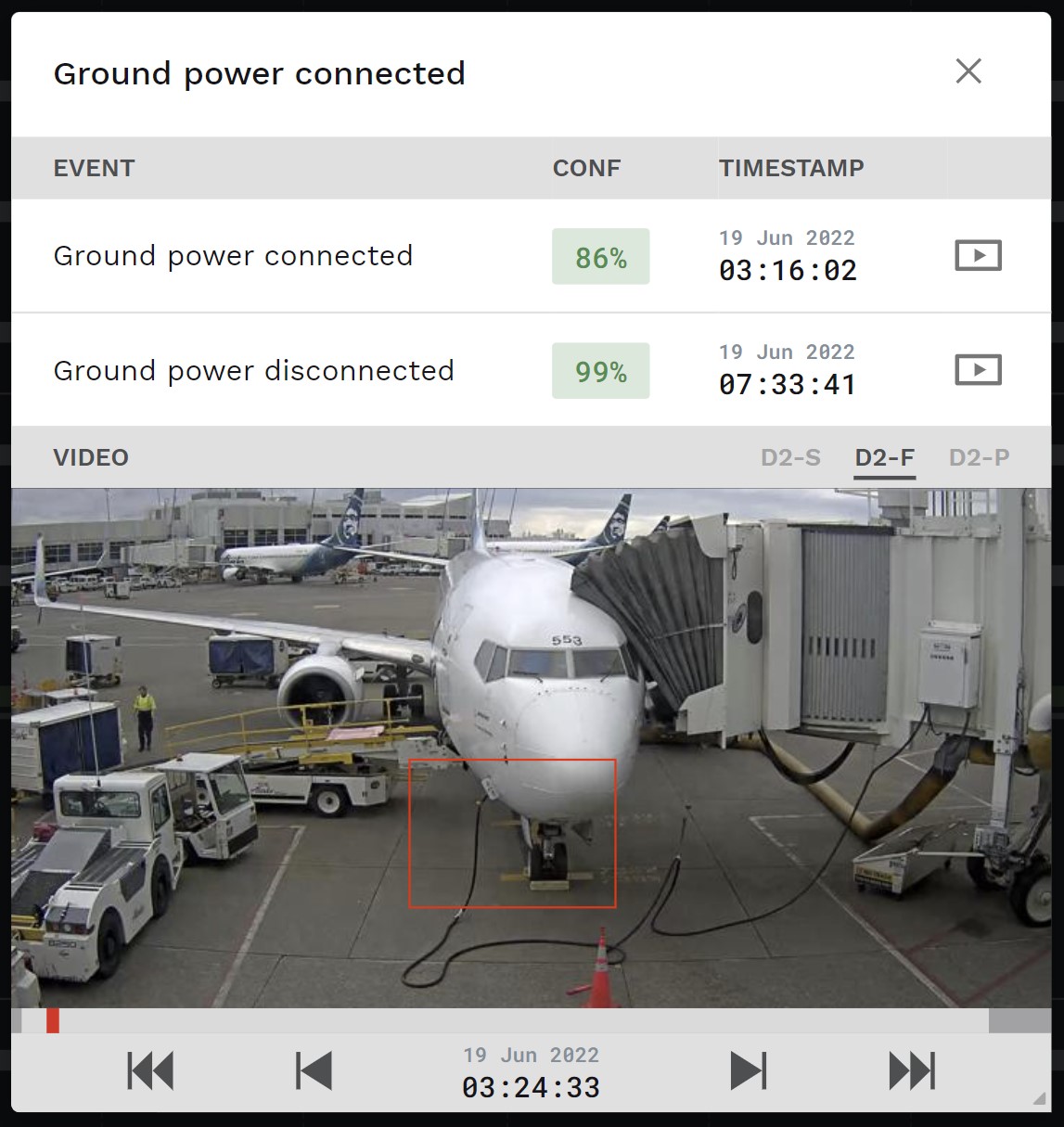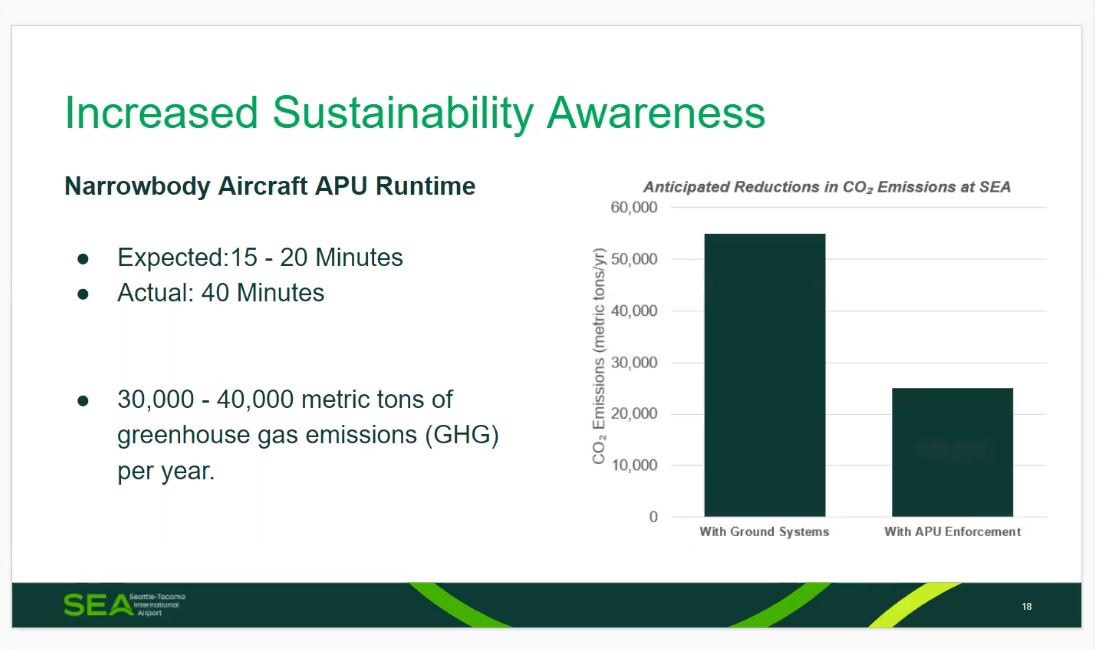Computer vision for optimised ground operations
Touchdown, park, hook up, unload, clean, refuel, load, and depart – every minute counts when it comes to aeroplane turnarounds. ETH Spin-off Assaia’s technology revolutionises the workflow on the tarmac to make it more efficient, safer, and sustainable.

We spoke to Max Diez, CEO of Assaia
Why do airports need your technology?
Our mission is to remove all man-made delays from the global air travel system. 97% of all delays in air travel are artificial, mostly in connection with the processes on the ground (apron/tarmac) between touchdown and take-off. The holy grail is to optimise the capacity of the airport by predicting the time needed on the ground.
What is the challenge?
Airport operations, especially turnarounds, are a complex matter but vital for the efficiency of an airport. These operations on the ground were repeatedly described as a black box, i.e., nobody knows exactly what is going on while the aircraft is on the ground. But you can only manage what you can track, the visibility on the tarmac was missing.
How did you approach this problem?
We needed to collect a lot of data to bring light into the dark. For that, we had partner airports in all regions and climate zones. We observed turnarounds in snowstorms, sandstorms, and monsoon rain and used this huge data collection to create very robust AI algorithms. With the help of cameras and computer vision, the system picks up every action and documents it. On the screen, this can be observed in real-time.
What is your product and how does it work?
With our predictive algorithms, we can tell the airport and airline accurately when the plane will vacate the gate. Also, we can intervene immediately if, say, the caterer does not turn up. Artificial buffers that airports and airlines build into their schedule to allow for delays can be reduced. With our system, we can shorten the time of taxi-in, turnaround, and taxi-out by six minutes, resulting in massive savings and several other benefits.

What are these other benefits?
There is the aspect of sustainability: on the one hand, we are enabling more operations on the same footprint, on the other hand, we make all processes more efficient, and can thereby reduce the CO2 and emission footprint substantially. Seattle airport expects to reduce its greenhouse gas emissions by 30,000 to 40,000 metric tons per year because gate allocations can be optimised, and certain sub-processes happen faster.

A turnaround of a narrowbody aircraft costs the airline an average of 2,500 dollars (excluding fuel). With our system, they can save around 430 dollars per flight. Most of this stems from the increased capacity for both the airport and the airline. This also means that airports don’t have to build additional terminals or gates, the construction of which is bad for the environment. For the airlines, it has the benefit that they can fly the same number of flights with fewer planes.

Across all their customers, Assaia’s system has observed and assessed more than 3 million operations with the following results:
- Taxi-in times reduced by 28%
- Turnaround time reduced by 12%
- On-time performance improved by 17%
- Ground delay reduced by 25%
- CO2 emissions reduced by 10%
- Unsafe behaviour reduced by 60%
A case study for British Airways (BA) and London Heathrow Airport shows that BA could have flown their summer 2019 schedule with 4 gates less, had they operated with Assaia Apron AI.
What does the future hold for you?
Our vision is to become the leading airside operating system (control turnarounds, vendors, and apron). Our very ambitious aim is to serve 5000 gates by 2025.
Contact/Links:
Do you want to get more "News for Industry" stories?
external pageFollow us on LinkedIn
Are you looking for research partners at ETH Zurich?
Contact ETH Industry Relations
ETH spin-offs: facts and figures
Since 1996, 496 spin-offs have been founded at ETH Zurich. ETH transfer, the technology transfer office at ETH Zurich, supports recognized ETH spin-offs in the founding process and in their first years of operation.
With the help of the Pioneer Fellowship Programme, funded by the ETH Foundation, young researchers can develop innovative products and services based on their scientific work at ETH Zurich. A Pioneer Fellowship is awarded to young ETH entrepreneurial minds intending to develop a highly innovative product or service to be exploited commercially and/or for the benefit of society.
Offers for entrepreneurs at ETH
Press release ETH spin-offs January 2022: "Battling climate change and the pandemic"
